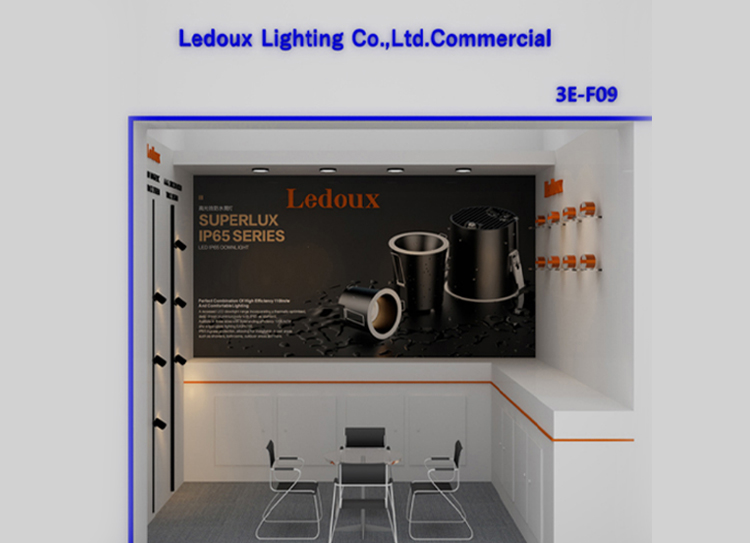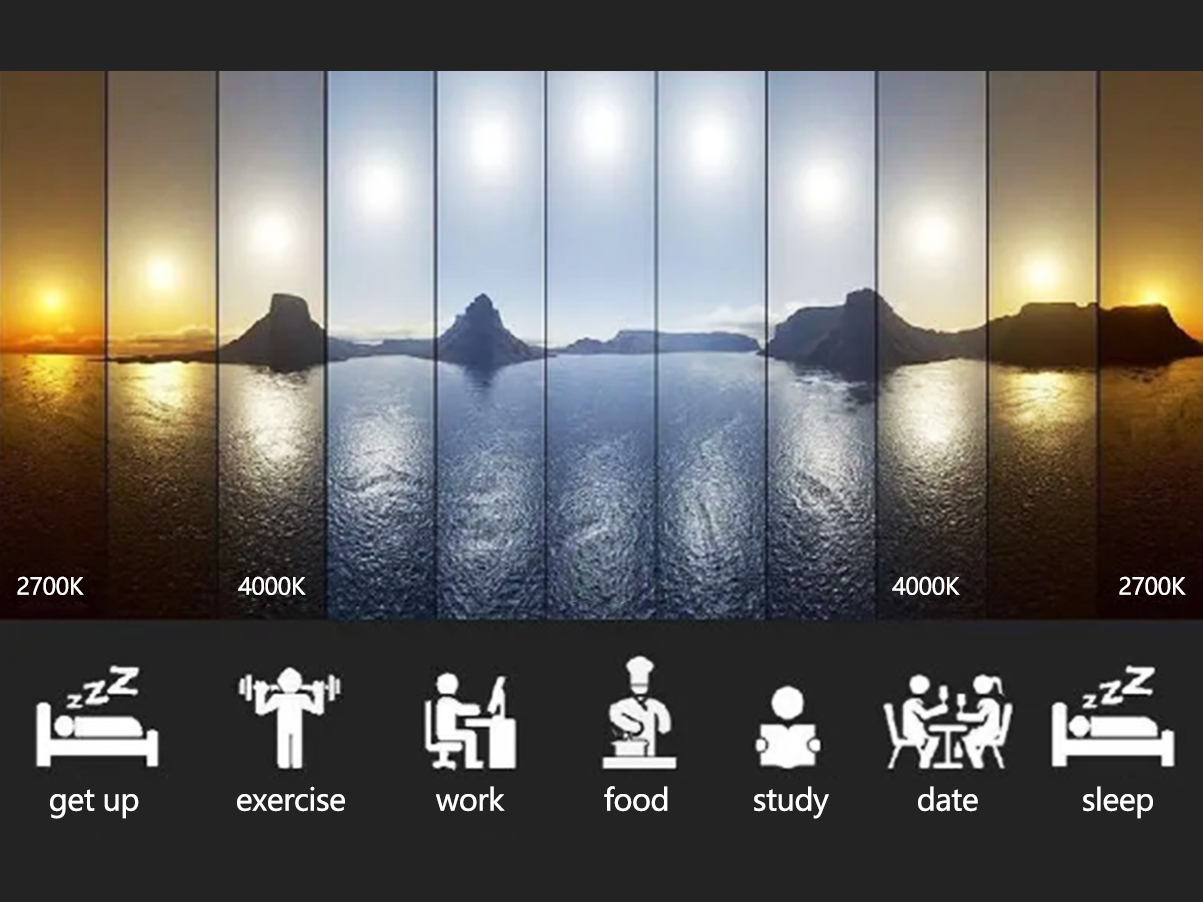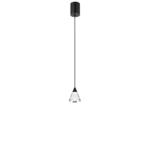There are many various styles of downlights and spotlights on the market . There are recessed and surface-mounted spotlights and downlights, and styles that can adjust the angle, and styles that can be matched with track rails. If there is no research or special pursuit in lighting design, then it is easy to get confused for the concepts of the two, and after installing it, you’ll find that the lighting effect is not what you expected.
The characteristics of downlight are: the entire space is covered from the light source to the outside, the brightness gradually decays, and there is no clear outline and boundary.
The characteristics of spotlight are: focus the light within a certain beam angle range, and there is no light outside the beam angle, forming a clear light outline.
What is the difference between the two in practical applications?
You will find that when the downlight is used as the wall-washing light, the outline of the flood light is not clear, and there is only one blurred light on the wall. The brightness is sufficient, but the decorative effect is not strong.

Spotlights are different. Spotlights with clear outlines can form beautiful and rhythmic light. They are highly decorative and are the best choice for wall washers.

Although downlights and spotlights looks similar, if you want to achieve a good wall washing effect, but turns out to choose downlight, then you’ll find that the lighting effect is not what you expected after decoration.
In terms of space experience, there are two significant differences between downlights and spotlights:
- Although when you use the same wattage downlight and spotlight, people will feel that “the downlight is brighter than the spotlight” when standing in the space. Because the downlight illuminates the entire space, and the spotlight only lights up a specific space, and the other spaces will not be light up. Only when you use accent lighting, you can feel the beauty of spotlights.
Due to this feature, when some families use spotlights as lighting design without main lights, even if many spotlights are used, they still feel not bright enough. Because in a lighting design without main lights, the cooperation of downlights and spotlights is usually required. Of course, it is not impossible to use spotlights as no main lights design. If you do this, the layout and debugging requirements for lighting design are relatively high, which is why the no main lights design need a lighting designer.
- When people look up, they will feel that “the downlight is dazzling, and the spotlight isnot so dazzling”, because the cut-off angle of the spotlights is relatively large, especially if the anti-glare spotlights are selected, as long as they are not looking up under the lights, “see the light but not the product” The light quality is very high and very comfortable. And if it is downlight, you can feel the glare of the light when you look up a little.
In addition, there is a slight difference in the height of the downlight and spotlight. The thinnest downlight is 1cm, while the spotlight is at least 3cm, and the spotlight with good anti-glare effect may even reach 10cm. This means that the recessed spotlights have relatively high requirements on the height of the ceiling. When designing the lights, it is necessary to reserve the installation space in advance.
Finally, let’s take a look at the summary of the differences between downlights and spotlights. We hope everyone can make good use of downlights and spotlights and get an ideal lighting solution.
| Types | Downlight | Spotlight |
| Lighting method | Flood light | Spot light |
| Lighting features | Light up entire space | Focus specific space |
| Beam angle | Big | Small |
| Suitable lighting type | Basic lighting | Accent lighting |
| Applicable Scenarios | Basic lighting for entire space
Corridor Lighting |
Lighting for dinning table, decorative ornaments, painting/Photos, Wall-washer |
















